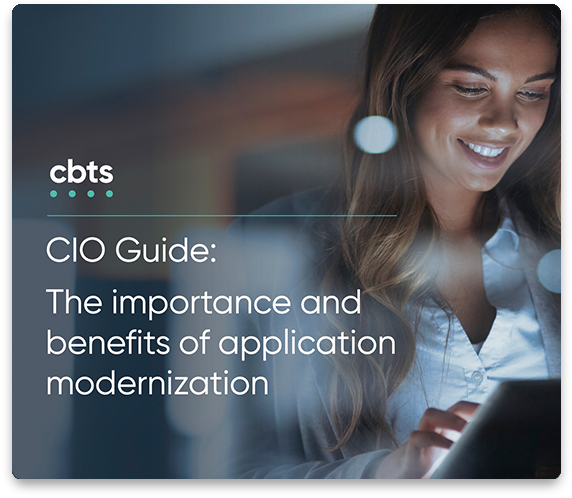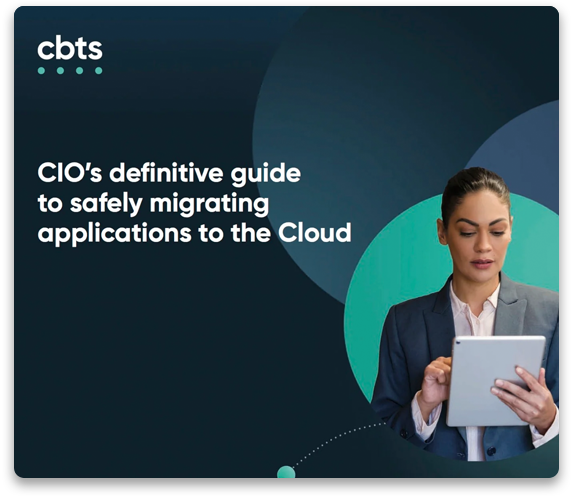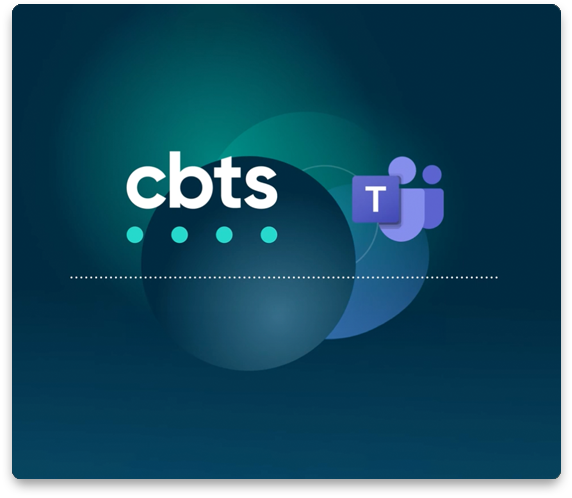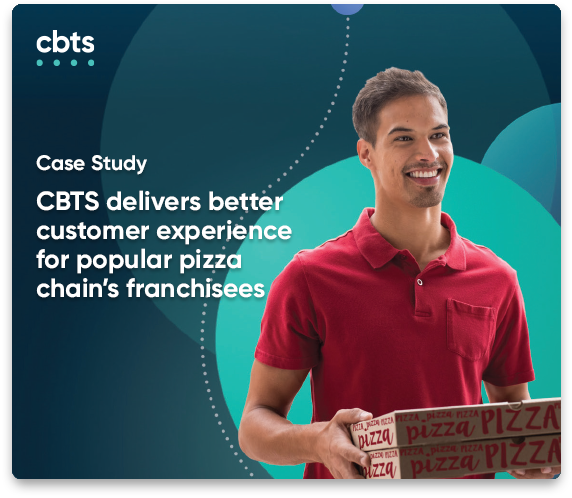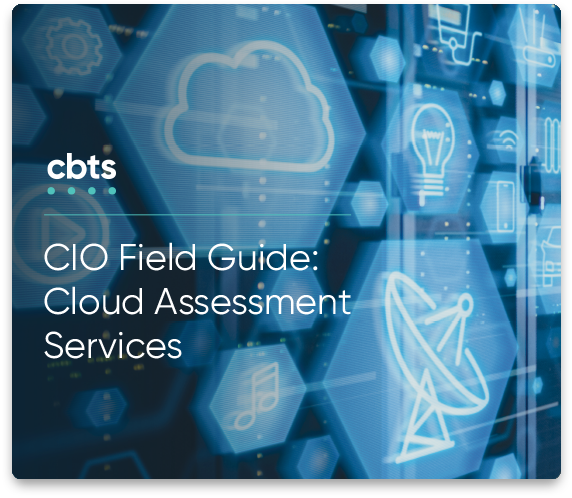
Businesses must adopt cloud computing in retail technologies to grow. Cloud computing in retail technology ensures employees and customers can quickly and easily access the information they need from anywhere, at any time. The benefits include:
- Faster customer information processing
- An enhanced customer experience
- Increased sales
- Reduced costs
- Improved network performance
Cloud computing in retail technology allows retailers to reduce the costs associated with software and hardware development, maintenance, and staffing. This technology also allows retailers to deliver products and services more quickly, and to monitor performance data in real time.
UCaaS improves retail’s omnichannel services
UCaaS (Unified Communication as a Service), a managed service for voice and collaboration, is an increasingly popular tool for retailers.
UCaaS replaces outdated voice-only systems and allows retailers to operate on-demand, real-time communications and applications, such as VoIP, room-based video, mobile solutions, chat, messaging, web conferencing, audio conferencing, social media, contact center solutions, and more, as a utility service. It is a scalable cloud computing in retail solution that improves the quality of voice calls while adding omnichannel features such as call reporting, video conferencing, and email.
With CBTS UCaaS solutions, retailers save time and money by increasing productivity and eliminating upfront costs. Cisco’s Context Service, which is included in all CBTS contact center solutions, collects and provides customer data from all channels, and then delivers it to employees, who can use it for marketing, sales, and other applications.
According to a recent report by Infiniti Research Ltd., the global UCaaS market will expand from $17.35 billion in 2017 to $28.293 billion in 2021
NaaS unifies multiple store locations
NaaS (Network as a Service) is a Wi-Fi enabled network that provides centralized data services throughout stores. This allows retailers to share wireless connectivity, analytics, and other resources across various locations.
NaaS helps retailers:
- Decrease costs. With NaaS, retailers no longer need to spend time and resources managing expensive and complex network resources such as LANs, appliances, switches, and application delivery controllers.
- Boost sales. Customers expect retailers to provide Wi-Fi connectivity so they can access loyalty and rewards apps, and product information and reviews. According to a study conducted by IHL Group with NCR Corp., stores that offer Wi-Fi have 663 percent higher sales growth than stores that do not. Customers are also likely to spend more time at retailers that offer Wi-Fi and potentially purchase additional products.
- Enhance customer relationships. Retailers can use Wi-Fi to obtain customer data, such as travel paths and product interaction, and send customers personalized, in-store promotions. Wireless access points in stores provide information on where the customer moves within the store, which can help retailers design store layouts that maximize foot traffic.
Like UCaaS, NaaS is also expected to grow in popularity, increasing from a $35.3 billion market in 2016 to $126 billion in 2022, according to Market Research Futures.
SD-WAN improves overall network quality
A Software Defined-Wide Area Network (SD-WAN) is another cloud resource that retailers use to cost-effectively manage services among UCaaS, LANs, Software as a Service (SaaS) applications, security systems, and private and public clouds.
SD-WAN minimizes delays over long distances and improves overall network quality. This cloud computing in retail technology allows merchants to maximize their often costly multiprotocol label switching (MPLS) costs, or even replace MPLS entirely and switch to broadband since SD-WAN can be deployed over existing private WAN links such as MPLS and Ethernet, as well as broadband networks such as cable, fiber, DSL, Wi-Fi, and 4G cellular LTE.
SD-WAN is growing even faster than UCaaS or NaaS. The global SD-WAN market is expected to increase from $300 million in 2017 to $1.5 billion in 2022, according to Frost & Sullivan.
CBTS cloud computing in retail solutions ensure business longevity
UCaaS, NaaS, and SD-WAN are all subscription-based cloud cloud computing in retail solutions with monthly payments based on usage. This means no CapEx investment, ongoing hardware and software licensing, or upgrade costs. The trio of services ensures retailers never miss an opportunity to connect with customers, and allows them to analyze and maximize data to develop the most beneficial business strategies. Retailers also reduce costs while improving both overall business performance and customer service.
CBTS monitors and manages the network 24x7x365 to resolve issues quickly and effectively. It can also integrate these services with an existing MPLS network and legacy data apps.
Learn more: How Cloud Computing is Revolutionizing Retail

